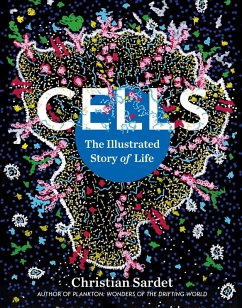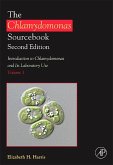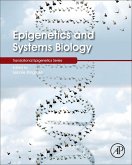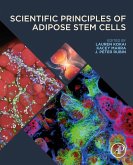For fans of The Song of the Cella profusely, creatively illustrated journey through the origins and evolution of the building blocks of life, from an award-winning biologist and illustrator
In the fifteenth century, as astronomers charted the skies and explorers mapped the globe, the nature of life itself remained a mystery. It wasn't until the seventeenth century that Robert Hooke, looking through one of the earliest microscopes, coined the term cell. Nearly two centuries later, biologists established that all living organismsfrom animals and plants to algae and fungiare composed of cells. Around the same time, Charles Darwin introduced his theory of evolution, proposing that all life on Earth shares a common origin. Today, the scientific community has defined that origin as LUCAthe Last Universal Common Ancestor.
Unraveling how LUCAthe ancestral cellemerged billions of years ago and gradually evolved into the vast diversity of life-forms we see today is a fascinating journey through history, biology, and the essence of what it means to be alive. Blending art with science, biologist Christian Sardet takes you on an exploration of DNA, RNA, proteins, protists, viruses, cell reproduction, aging, death, and more.
Written in clear, accessible language and accompanied by artful illustrations, Cells: The Illustrated Story of Life offers an authoritative and visually captivating overview of the building blocks of life. Designed for visual learners and curious minds alike, this immersive exploration of life and evolution brings readers up to date with the latest discoveriesrevealing how cells function, how they have evolved, and why they fascinate us.
In the fifteenth century, as astronomers charted the skies and explorers mapped the globe, the nature of life itself remained a mystery. It wasn't until the seventeenth century that Robert Hooke, looking through one of the earliest microscopes, coined the term cell. Nearly two centuries later, biologists established that all living organismsfrom animals and plants to algae and fungiare composed of cells. Around the same time, Charles Darwin introduced his theory of evolution, proposing that all life on Earth shares a common origin. Today, the scientific community has defined that origin as LUCAthe Last Universal Common Ancestor.
Unraveling how LUCAthe ancestral cellemerged billions of years ago and gradually evolved into the vast diversity of life-forms we see today is a fascinating journey through history, biology, and the essence of what it means to be alive. Blending art with science, biologist Christian Sardet takes you on an exploration of DNA, RNA, proteins, protists, viruses, cell reproduction, aging, death, and more.
Written in clear, accessible language and accompanied by artful illustrations, Cells: The Illustrated Story of Life offers an authoritative and visually captivating overview of the building blocks of life. Designed for visual learners and curious minds alike, this immersive exploration of life and evolution brings readers up to date with the latest discoveriesrevealing how cells function, how they have evolved, and why they fascinate us.
Dieser Download kann aus rechtlichen Gründen nur mit Rechnungsadresse in A, D ausgeliefert werden.









